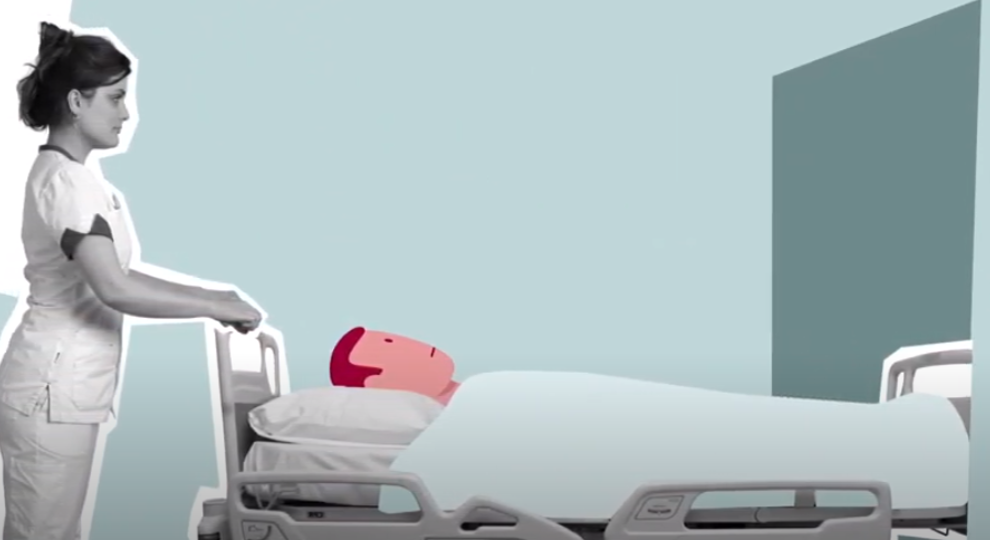Surgery for squamous cell cancer
Basal cell cancer and squamous cell cancer are usually surgically removed under local anesthesia.
Most types of skin cancer are removed by a dermatologist. Some exceptional cases have to be treated by a head and neck surgeon, plastic surgeon, or surgical oncologist.
The removed tissue will be sent in for tissue testing. The procedure will cause scarring.
More information
Surgery for squamous cell cancer - what to expect?
Basal cell cancer and squamous cell cancer are usually removed under local anesthesia. Your surgeon will remove several millimeters of healthy tissue, a margin, to test for possible cancer cells.
If you have a larger tumor, or one with an unusual growth pattern, your surgeon will need to remove a larger margin. Once the surgery is completed, the opening will be stitched back up, either by connecting the edges directly or by loosening and moving the surrounding skin over the wound.
Effectiveness
We always try to completely remove the lesion in one session.
Preoperative screening
Before your surgery, you will be invited to meet with your anesthesiologist at the outpatient clinic for a consultation and a brief examination to assess your overall shape and any potential particularities we will need to keep in mind. The consultation assistant will measure your heart rate and blood pressure and will inquire about your height and weight. If needed, we can take those measurements during the appointment.
This preoperative screening will take approximately 20 minutes and will form the base of your anesthesia. Your anesthesiologist will listen to your lungs and heart and inspect your mouth and throat in preparation of the breathing tube that will be placed during surgery. Your anesthesiologist will also ask you:
Before your surgery, you will be invited to meet with your anesthesiologist at the outpatient clinic for a consultation and a brief examination to assess your overall shape and any potential particularities we will need to keep in mind. The consultation assistant will measure your heart rate and blood pressure and will inquire about your height and weight. If needed, we can take those measurements during the appointment.
This preoperative screening will take approximately 20 minutes and will form the base of your anesthesia. Your anesthesiologist will listen to your lungs and heart and inspect your mouth and throat in preparation of the breathing tube that will be placed during surgery. Your anesthesiologist will also ask you:
- whether you have been under anesthesia before
- whether you have any other conditions
- whether you have taken cancer medicine before
- whether you have had radiation treatment before
- whether you have any allergies
- whether you smoke
- whether you drink alcohol
- what kind of medication you take
Please inform your anesthesiologist of the type of medication and dose you take, and how often you take it. Your physician may want to run more tests before your surgery, such as: electrocardiogram (ECG), lung x-rays, a lung function test, or a blood test.
General or local anesthesia
Before your surgery you will be given general anesthesia, local anesthesia, or a combination of the two. General anesthesia means that you will be completely unconscious during surgery, whereas local anesthesia means that a part of your body will be numb and motionless.
General anesthesia
General anesthesia completely sedates your body. You will be given a cocktail of sleeping medicine, pain killers, and sometimes a muscle relaxant through IV. You will be unconscious within 30 seconds. You will be ventilated during the entire process.
If you are having major surgery, we will place a respiration tube in your throat. For smaller surgeries, a small cap in the back of the throat will suffice. We will closely monitor your heart rate, blood pressure, breathing, and temperature through our monitoring devices.
Local anesthesia
If you are given local anesthesia, you will be conscious during your surgery. Local anesthetics are usually administered through an epidural in the spine, and will temporarily numb all body parts underneath. We may place a tube to give you IV pain medication during and after surgery.
Your anesthesiologist will keep a close eye on your blood pressure, heart rate, breathing, and temperature in order to adapt the anesthesia if needed.
Most people undergoing major surgery will be given a mixture of general and local anesthetics.
Side-effects and complications
Carcinoma removal surgery is usually a simple procedure that does not cause complications.
A small number of patients develop an infection, or experience bleeding or reopening of the wound. Please contact the clinic or your general practitioner if this is the case for you.
The procedure will cause scarring.
After your surgery
Squamous cell carcinoma removal is an ambulatory procedure under local anesthetic. This means that you will be able to go home directly after the surgery.
We will contact you after 2 weeks to inform you about the results of the tissue analysis. You will be invited for screenings with decreasing frequency.
Your tumor may grow back or spread throughout the body. We keep an eye on this during screenings, and check your skin for any potential new abnormalities.

 nl
nl
 Nederlands (Nederland)
Nederlands (Nederland)
 English (United States)
English (United States)